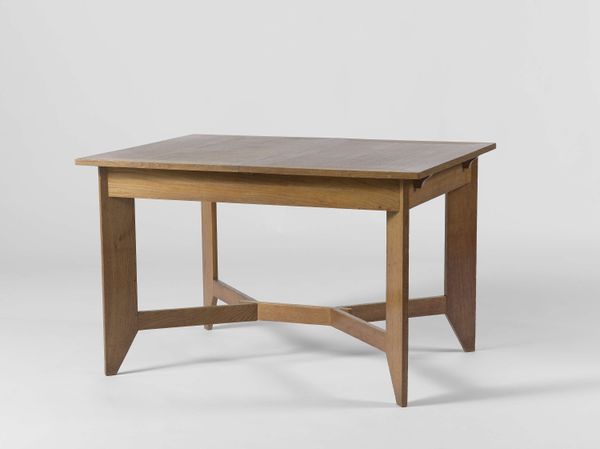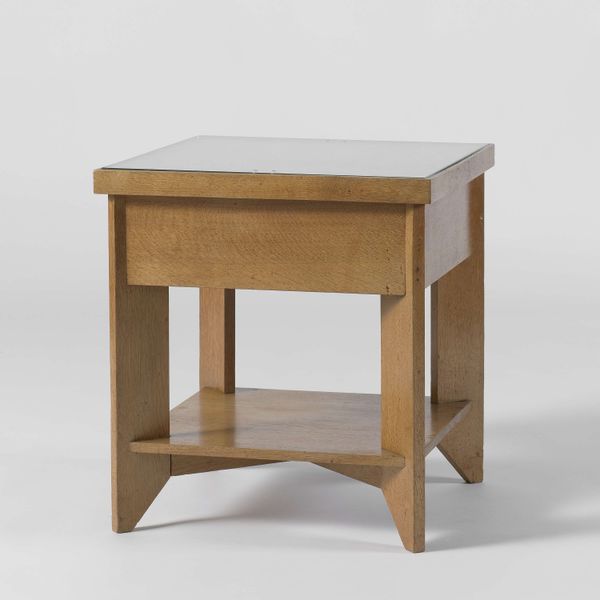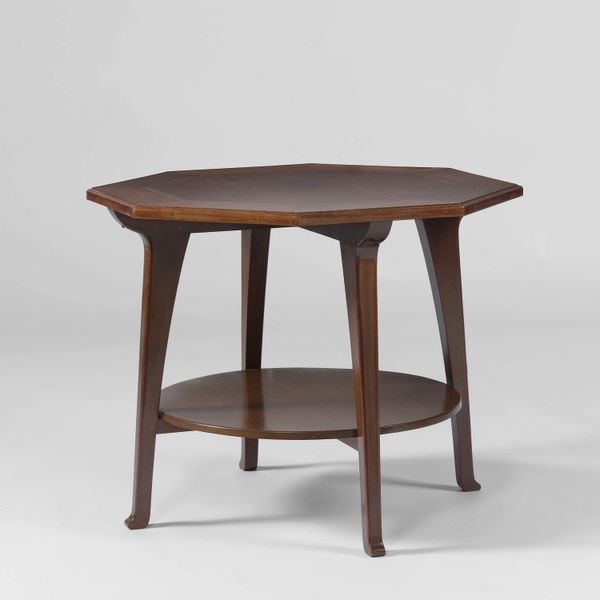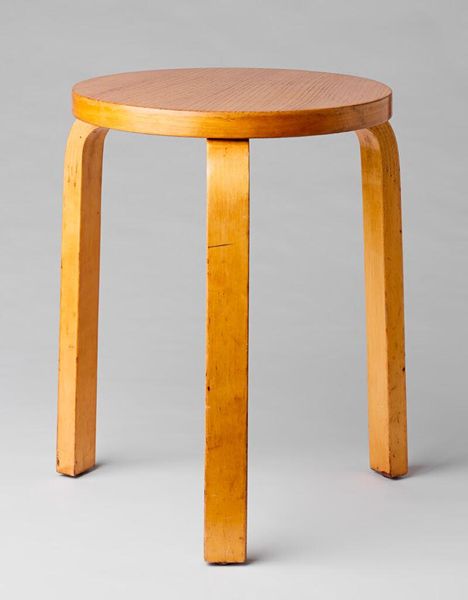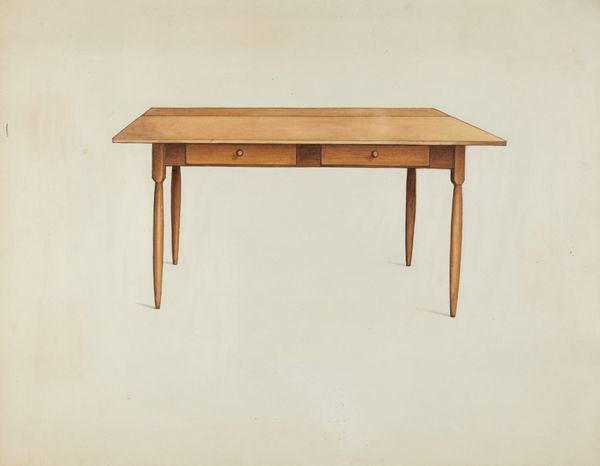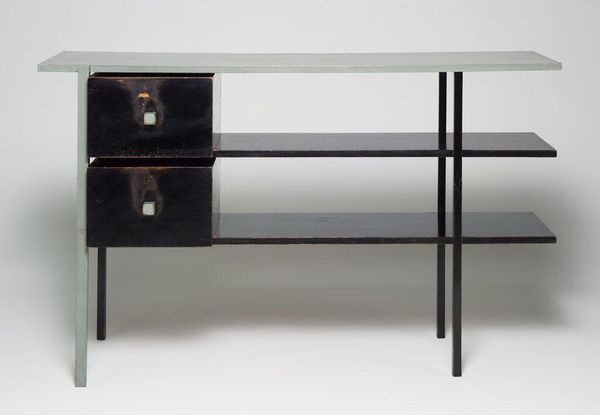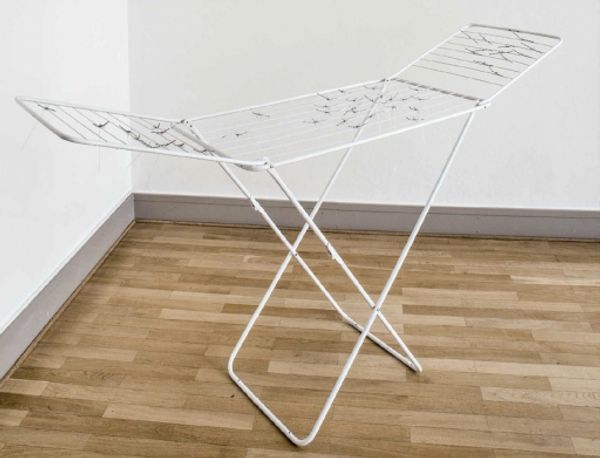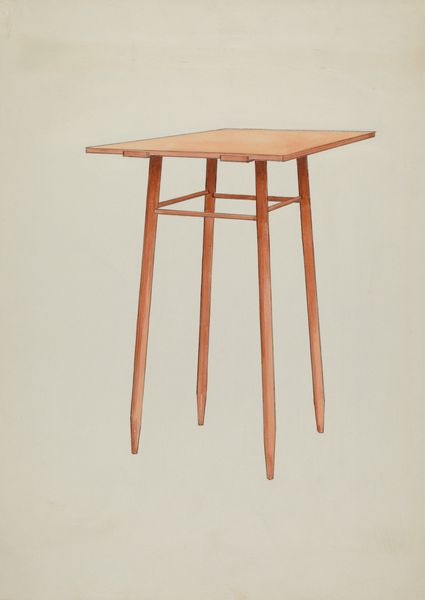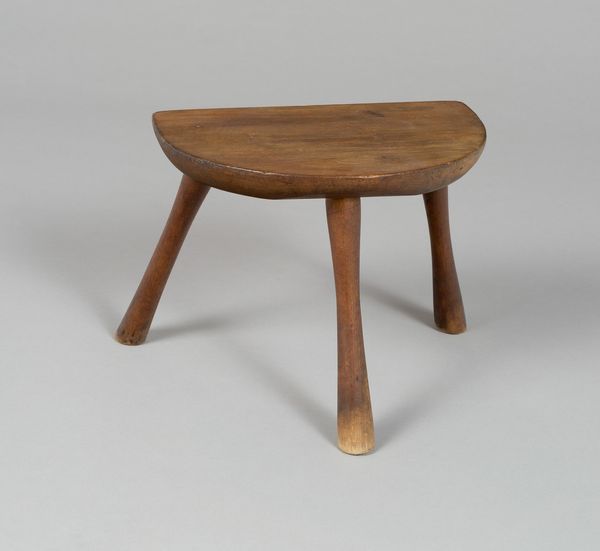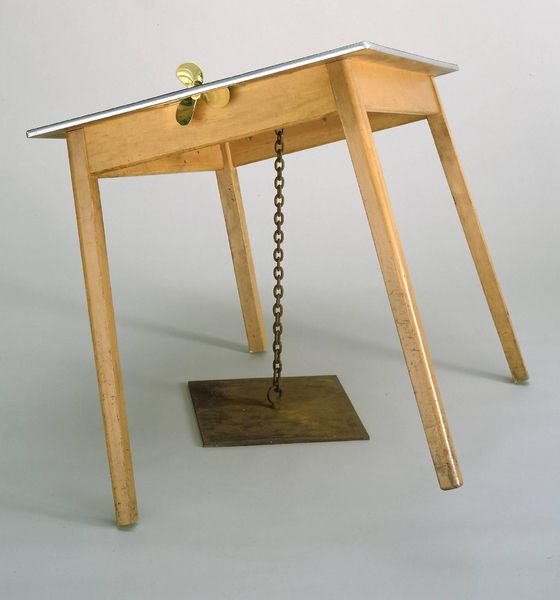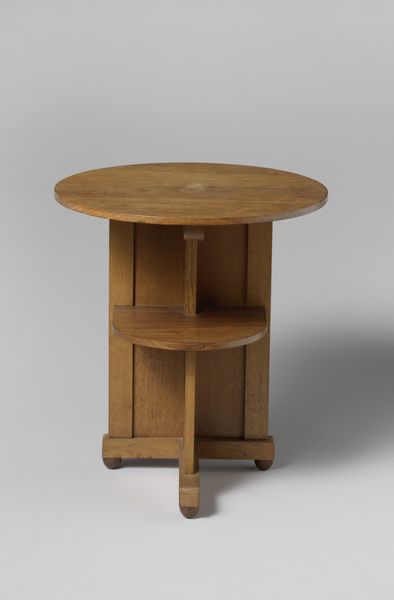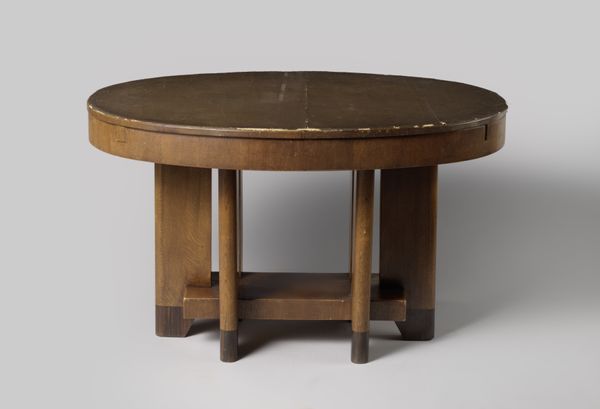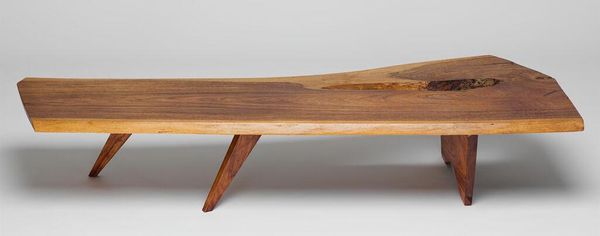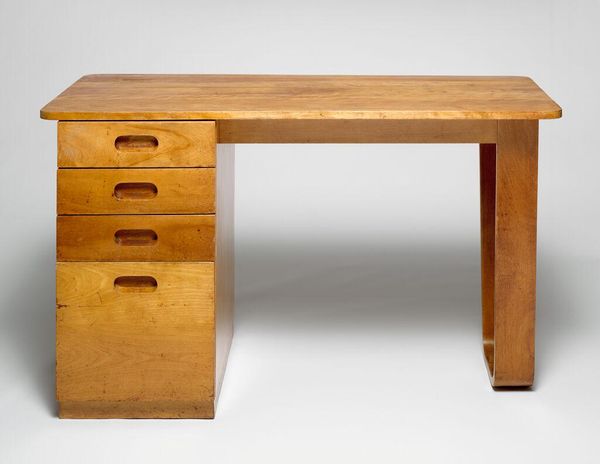
Dimensions: object: 780 x 1080 x 810 mm
Copyright: © Sam Durant | CC-BY-NC-ND 4.0 DEED, Photo: Tate
Curator: Sam Durant's "Abandoned House #1 (Case Study #22)" presents us with a stark architectural model. The piece resides here at the Tate Collections and measures approximately 780 x 1080 x 810 mm. Editor: It's immediately unsettling. The exposed interior and skeletal structure evoke feelings of vulnerability and decay. What is its emotional intent, I wonder? Curator: Durant's work often engages with the socio-political history of architecture and its role in shaping social consciousness. This piece, for example, reflects on the modernist housing projects of the mid-20th century and their subsequent failures. Editor: Indeed. The use of inexpensive materials enhances this sense of failure. There is a deliberate contrast in the use of material, making it a potent commentary on the unfulfilled promises of modernist urban planning. Curator: Precisely. He highlights the tensions inherent within utopian ideals and their problematic implementation within a larger cultural framework. Editor: It's a compelling synthesis of form and historical analysis. A haunting reminder of architecture's impact on our collective psyche.
Comments
tate 7 months ago
⋮
http://www.tate.org.uk/art/artworks/durant-abandoned-house-1-case-study-22-t12904
Join the conversation
Join millions of artists and users on Artera today and experience the ultimate creative platform.
tate 7 months ago
⋮
The Case Study Houses were an experiment in residential architecture, designed by major architects to provide inexpensive and efficient model homes in response to the post-war American housing boom. Durant has made a series of scale replicas of the houses in states of disrepair. Case Study no.22, the Stahl House, was designed and built by Pierre Koenig in 1960 and has become a modernist icon. Durant’s model has holes knocked through the walls and is littered with debris, suggesting decline and degradation, and the failure of this utopian ideal. Gallery label, April 2008
